‘It’s Like My Evil Twin’: Photographer Creates AI Portraits of His Real Subjects
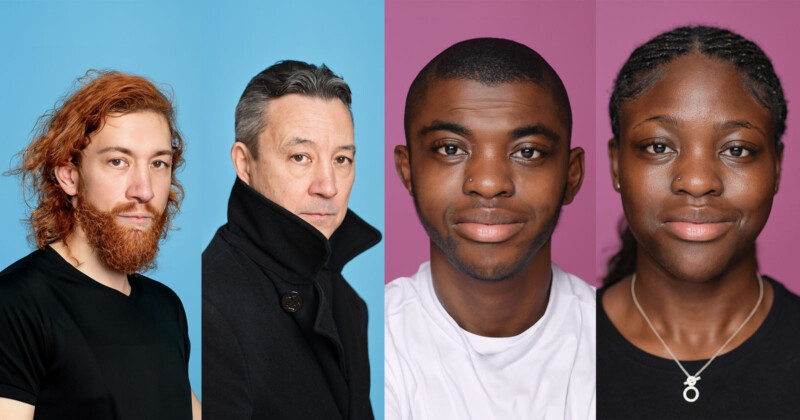
A photographer has created a fascinating twin portrait series where a real photo is taken of the subject which is then used as the basis for an AI-generated portrait.
Amit Lennon set out to explore the dataset and “computer vision” of AI models by photographing 15 people for AI Portrayal. He asked each subject how they describe themselves — including ethnicity, age, location, and job occupation.
Lennon tells PetaPixel that he used some of the biometric data from his portraits – the eyes, nose, and mouth – as a starting point for the AI but the rest of the image – hair, style, and clothing – was AI-generated from the description provided by the subjects.
“The fragments of a real person in the generated image are designed to create an unease around ownership, copyright, and invasion of privacy,” Lennon explains.
Editor’s note: In Lennon’s series, the AI-generated images are always on the left and the real photo is on the right. The prompt is in the caption.
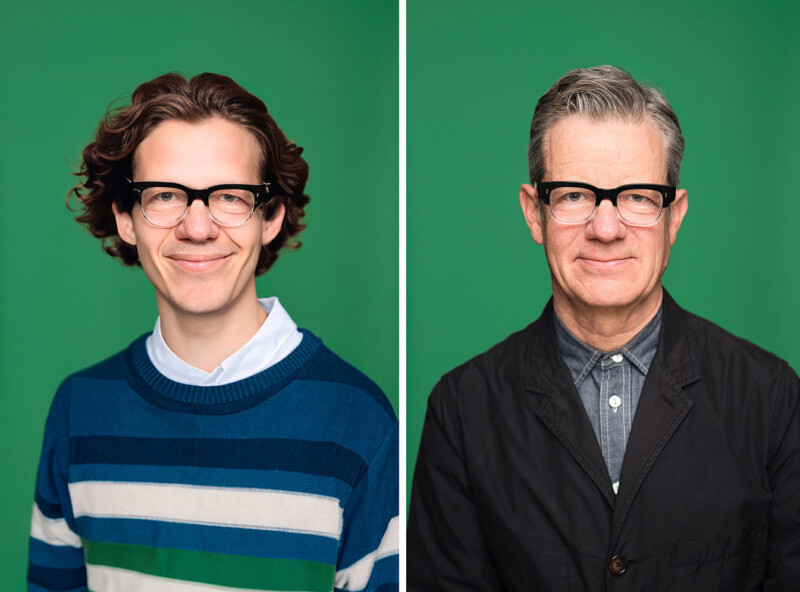
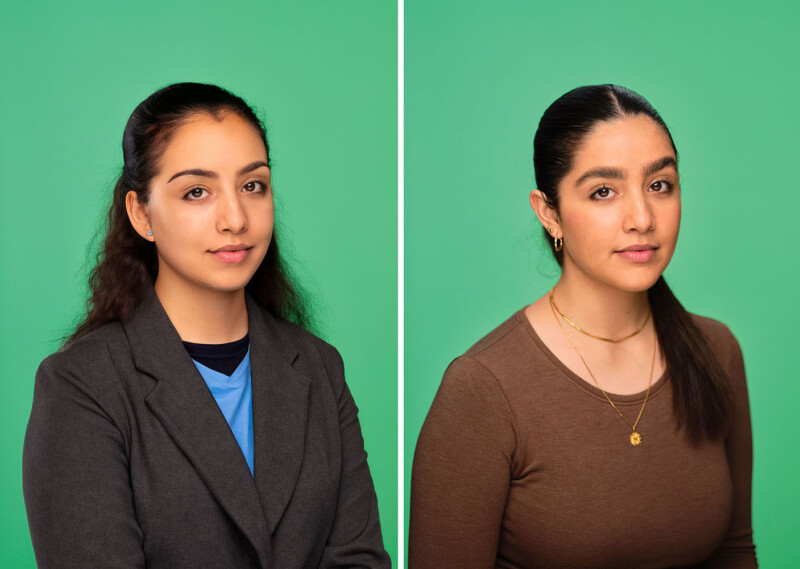

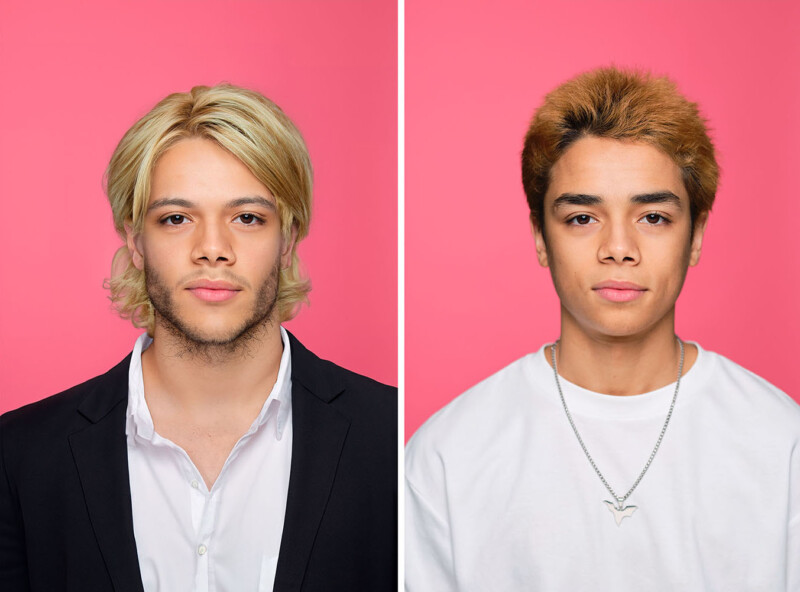
While some of the AI-generated portraits are similar to the real portrait, others are quite different. When the sitter doesn’t reveal their gender, for example, the AI might make them the opposite sex.
Lennon, who is based in the U.K., embarked on the project because he wanted to explore what AI is showing us and what it tells us about the datasets that power these models.
“The project requires human participation, by presenting the real and synthetic next to each other, it draws attention to the visual affectations of synthetic images and the inherent problematic biases that they carry, allowing us to make a more informed and nuanced analysis of what we are seeing and what is being shown,” he explains.

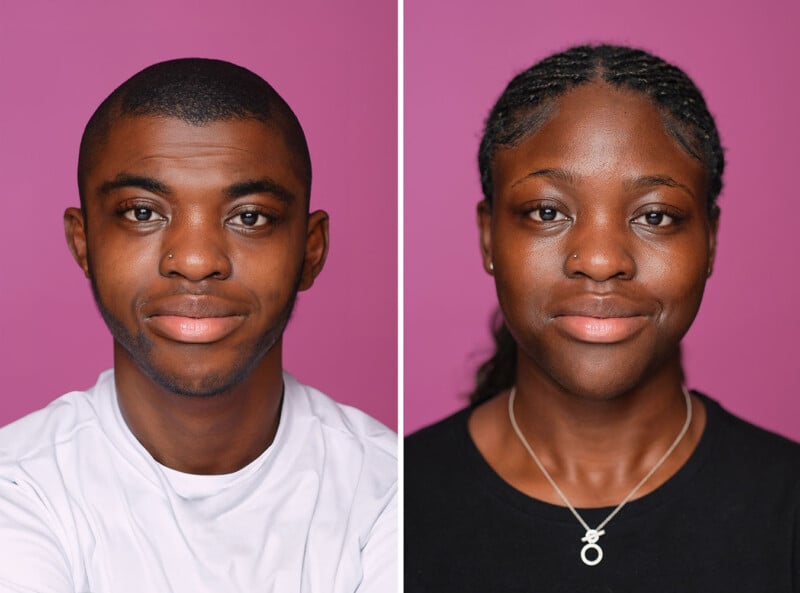
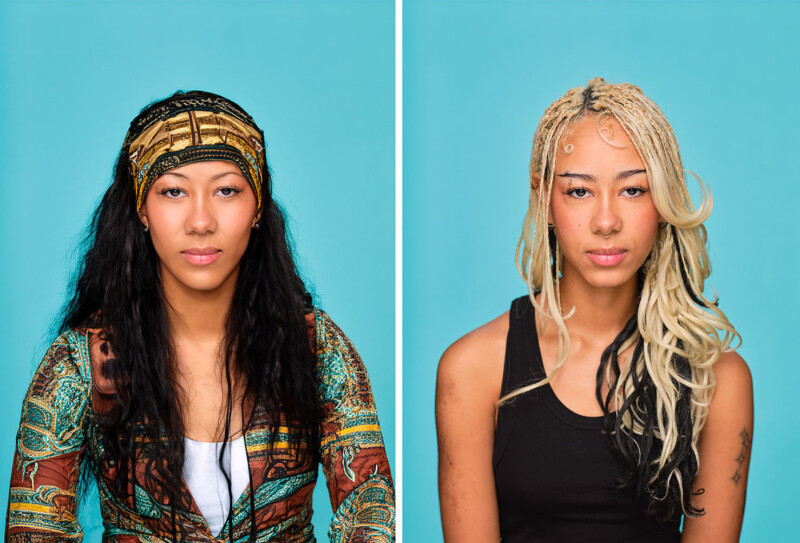
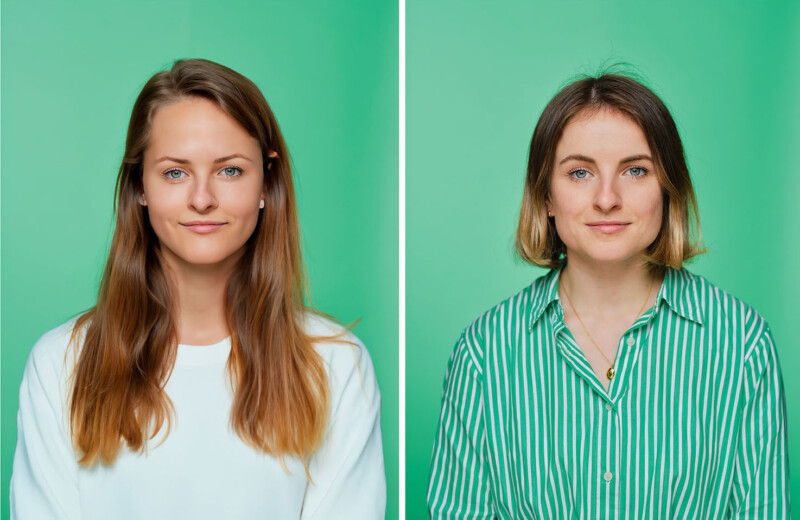
Lennon used Adobe Firefly to generate the AI part of the project because it “currently is the only AI that has any copyright trail and is supposedly using copyright-cleared images in its dataset.”
Lennon says: “Midjourney, DALL-E, and any other AIs that use the LAION 5B dataset are basically using stolen, pornographic, and fake images as part of their training and generating process.”
The LAION 5B dataset — a large image repository used by AI companies to build models — was taken offline at the end of last year because CSAM was found in the millions of images.
’Evil Twin’
Lennon says that each subject found their AI portrait disturbing, one sitter even described it as their evil twin.
“The AI images were not a crystal ball of the past or the future, but rather just a fiction that they felt no control over,” Lennon says.




“As a portrait photographer, I find the human face fascinating as it carries our emotions and our histories,” Lennon continues.
“Synthetic images have none of this but they are appealing on a surface level. It was interesting to see the audience’s reaction to seeing these images in an exhibition, initial preference was often for the beautified AI but the longer people looked, the unease of AI images made people change their minds. “
More of Lennon’s work can be found on his website and Instagram.
Update 8/30: One of the prompts changed. “Woman in her 20s, from Israel” is the accurate prompt.